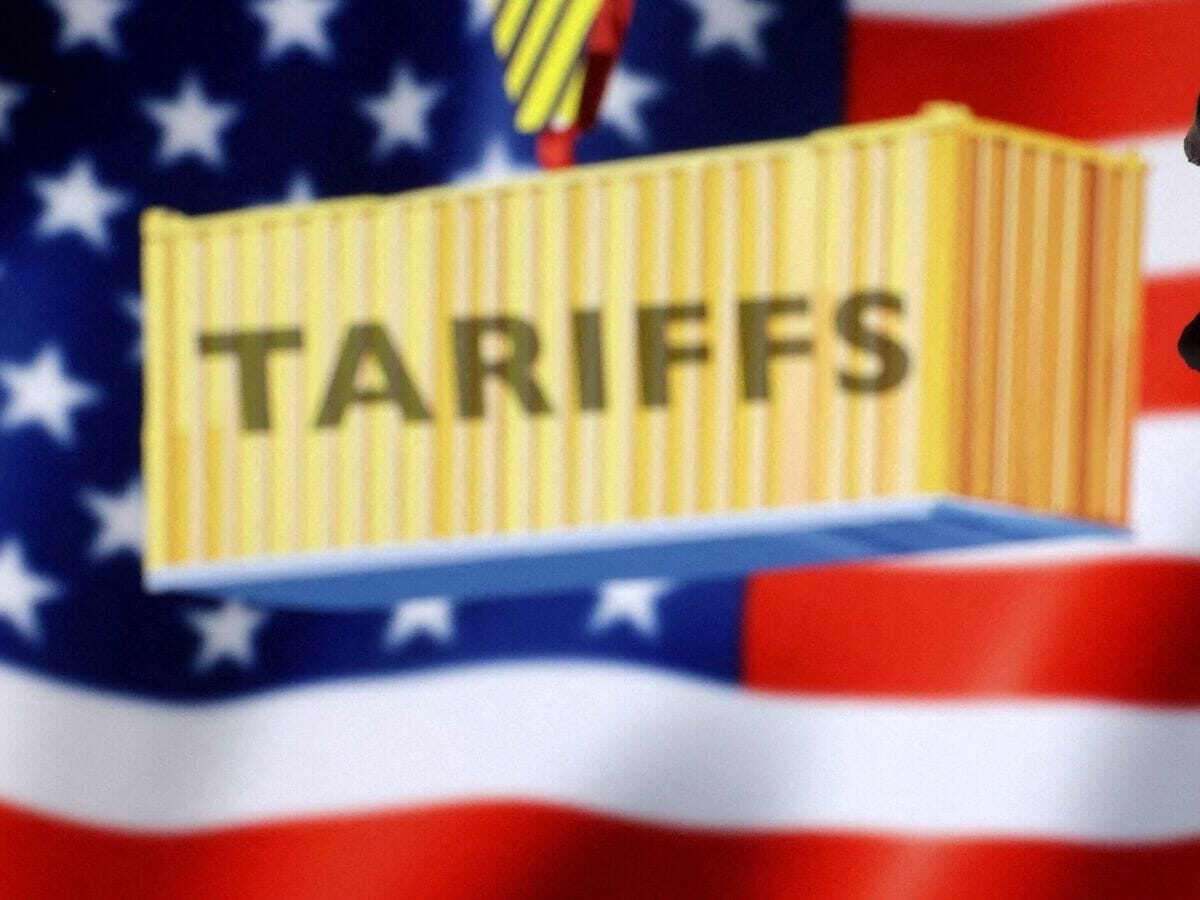Most of us take free trade and global supply chains as natural and necessary, but few realize these systems stem from the Law of Comparative Advantage, proposed by British political economist David Ricardo in 1817. It’s worth revisiting what Ricardo argued, why it has worked (so far), and why it matters now.
Read this | Are Trump’s tariff rates made up? Here’s how they may have been calculated
Simply put, the theory suggests that individuals and nations should specialize in what they do best relative to others. This principle applies to daily life as much as it does to global trade.
For instance, take two flatmates, A and B, who want to divide household chores fairly. A takes one hour to cook and two hours to clean, while B takes two hours to cook and three to clean. A is faster at both tasks, giving her an absolute advantage. But when deciding who should do what, comparative advantage comes into play. B is only 50% slower at cleaning but twice as slow at cooking, making cleaning the better task for B while A focuses on cooking.
Daily decisions often follow this logic.
A highly paid executive might hire a driver—not because she can’t drive, but because her time is better spent reading or working during her commute. A homemaker might employ domestic help to focus on childcare, improving family well-being.
The cost of hiring a driver isn’t just his salary but the productivity gained by the executive. Similarly, the cost of hiring domestic help isn’t just wages but the improved health, education, and nutrition outcomes for family members.
How this extends to global trade
Trade works the same way.
Countries evaluate transactions based on opportunity costs rather than absolute costs. Bangladesh specializes in low-cost, well-designed cotton T-shirts, while the US excels in manufacturing spacecraft. Bangladesh has a comparative advantage in T-shirts, and the US in spacecraft. That’s why Bangladesh exports apparel while the US exports advanced technology.
Read this | In charts: How exposed is India to Trump’s reciprocal tariffs?
Now, imagine the US decides to make its own T-shirts. It blocks imports from Bangladesh with high tariffs (essentially what’s happening now) and sets up large-scale domestic factories, using a US-based supply chain of farmers and mills. With high degree of automation to keep labours costs down, US manufacturers might match Bangladesh’s prices. But at what cost? The resources—labour, land, energy, government grants—diverted to T-shirt production could have been better used in advancing aerospace technology.
Had the US stuck to its strengths and let Bangladesh make T-shirts more efficiently, global productivity would have been higher.
This principle of comparative advantage has driven global trade for decades, enabling poorer countries to integrate into large global supply chains. From Japan in the 1980s to China and the Asian Tigers in the 1990s, followed by Vietnam in the 2000s and India with its services exports—each is a testament to how comparative advantage fuels trade.
Also read | Andy Mukherjee: Trump’s tariffs should push India to double down on reforms
Of course, not every decision follows this rule. Nations still maintain armies and print their own currencies. But few insist on domestically producing every item they consume. Sometimes, it’s simply impossible—India, for instance, imports most of its crude oil because it lacks reserves. Other times, it’s more efficient to import and allocate domestic resources to higher-value activities.
The author is an independent writer in economics and finance.





